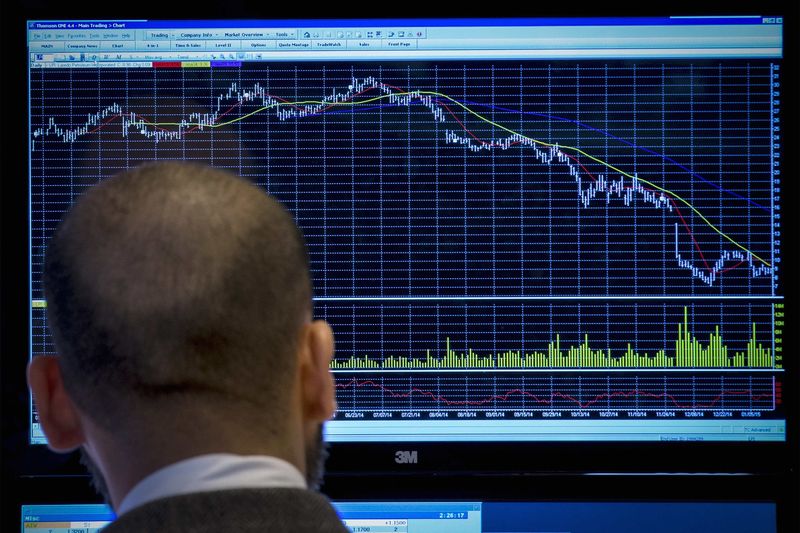Stocks extended their rebound from second-quarter lows last week on a mostly quiet news flow and mixed earnings despite economic data that continued to point to stagflation.
The stagflation theme gained traction among investors following the release of the hotter-than-expected March CPI report, as it represented “one of the worst possible investment conditions for stock and bond holders,” market Sevens Report said in a recent commentary.
However, most economists, including Federal Reserve Chairman Jerome Powell, reject the idea of stagflation.
At the April FOMC press conference, Powell said he did not understand the problems of stagflation, seeing neither “stagnation” (stagnation of growth) nor “flation” (high inflation).
Comparing this period with the 1970s, when gross domestic product (GDP) growth was flat to negative and the consumer price index was above 10%, Powell is right: “There is no stagflation,” analysts at Sevens Report Research say.
“However, it would be somewhat dismissive to say that any talk of stagflation is not justified simply because things are not as bad as they were in the 1970s,” analysts said.
“The point is that stagflation doesn’t have to be as bad as it was in the 1970s, but for a stock market that trades above 21 times earnings, the truth is that even a small bout of stagflation could result in 10-20 times earnings.” % decline in stocks (because the stagflation multiple is somewhere below 18X, or more than 600 points lower),” they continued.
“So, with all due respect to Powell and other economists, it’s worth looking at whether the risks of stagflation are rising, and if so, what that might mean for stocks.”
remove advertising
.
Analysts noted that none of the current indicators indicate that economic growth has stalled, confirming Fed Chairman Powell’s view that there is no compelling evidence of economic stagnation. However, data suggests economic momentum is slowing, a harbinger of potential stagnation.
While economic growth remains positive, the slowdown suggests a greater risk of stagnation than seen over the past year and a half.
Regarding inflation, Sevens Report analysts emphasize that in an absolute sense, high inflation (“flation”) does not exist.
The Consumer Price Index rose to 3.5% from last year, and the University of Michigan’s inflation expectations increased to 3.5% over one year and 3.1% over five years. Moreover, the ISM Manufacturing and Services PMI price indexes also rose to multi-month highs. However, compared to 1970s-style inflation or pandemic-era inflation, current inflation levels do not reach such extremes.
For investors, this means that while inflation is not at levels suggesting historic stagflation, it has stopped falling and appears to be recovering, Sevens Report analysts said.
While no one expects inflation to rise again to 7% or 8%, rising inflation numbers pose a challenge for a market that is priced at 21x earnings and relies on lower yields to justify valuations.
“Bottom line: Inflation has fallen and is not at 1970s levels, but there is no denying that the decline in inflation has stalled, and the longer inflation remains high, the more entrenched it becomes in the economy, meaning higher inflation risks,” the analysts said.
“Overall, there is no stagflation here, especially if you think about it in terms of the 1970s.
remove advertising
.
However, given slowing economic growth and high prices, the data appears to be heading in a stagflationary direction, they warned.
With the S&P 500 trading at 21 times earnings, a correction does not require 1970s-style stagflation. Instead, “we just need the data to continue moving in the current direction, because the stagflationary drift in the data is absolutely alarming for everyone who owns stocks and bonds, and it’s a critical difference to be aware of (and we are),” analysts say. concluded.


